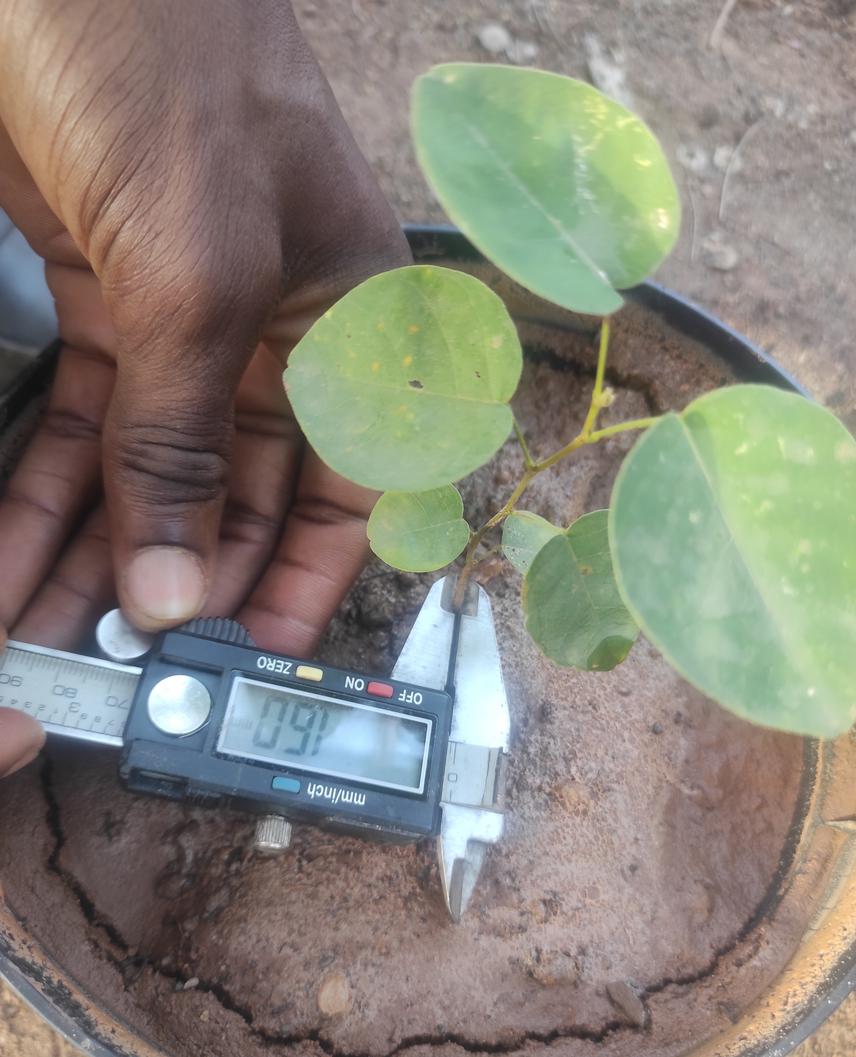Article featuring the project.
Bondé Loyapin
Other projects
28 Jun 2019
The Overharvesting of Non-Timber Forest Products is Great Threat to West African Savannas Conservation: Urgent to Develop Sustainable Use Strategies
Recent assessment has listed Pterocarpus erinaceus as endangered species on IUCN Red List of Threatened Species (Barstow, 2018). The assessment indicated that populations and habitats of the species are in continuing decline due to swift land-use change, grazing pressure and illegal trade of the species timber. At local level, Pterocarpus erinaceus was found as the most overharvested species (Hien et al. 2021). As forage species leafing in dry season when forage resources are limited, Pterocarpus erinaceus is subjected to heavy leaf harvesting using branch pruning. Renewal branches are frequently pruned in short time interval to meet forage needs so that branches reaching fruiting age are rare on trees. This pressure negatively affect tree survival, seed production and viability, which compromise the species natural regeneration. Unfortunately, specific management and conservation strategies are poorly given to this threatened species. Regard to multi-threats on the species at local and global level, this project aims to improve its conservation status with focus on the following objectives:

Growth traits measuring in nursery.
Objective 1: Assessing habitat suitability for Pterocarpus erinaceus growing
The species distribution in the study region (Boucle du Mouhoun, Burkina Faso) will be modelled using Maximum Entropy algorithm (MaxEnt) technique for identifying of suitable habitats where ecological conditions require for successful planting of the species are met.
Objective 2: Assessing threats impact on species population stands
Intensity of threats such as bush fires, gazing pressure, overharvesting and seed predation at habitat and individual tree level will be recorded in sample plots of 900 m² in the suitable habitats identified from modelling technique. Combining suitable habitats with associated threats will help to better direct conservation actions of the species (planting, habitat protection, awareness messages).
Objective 3: Identifying seed quality traits for successful growth and planting
Damages from branch pruning affect seed morphological and physiological traits with direct and/or indirect effects on seed viability and seedling growth. Mature fruits will be harvested on adult trees according to pruning degree and renewal branches size. Germination and growth trials will be implemented in collaboration with local people for their training on seed quality traits and seedlings production.
Objective 4: Raise awareness and enrich the species population stands
The implications of our findings in the species conservation and sustainable use will be shared with local communities during a workshop and radio transmissions. Planting of robust seedlings from growth trials and assisted natural regeneration will be implemented in suitable habitats with local people involvement.
Header: A tree of Pterocarpus erinaceus compeletely pruned in agroforestry parkland. © Hien B.S, 2021.